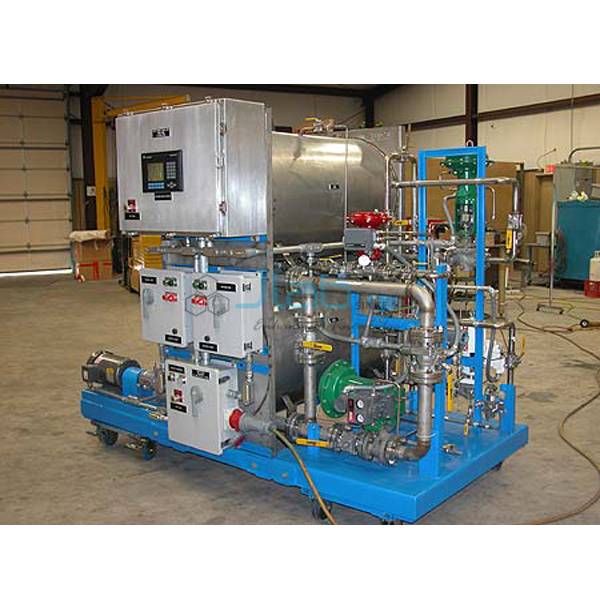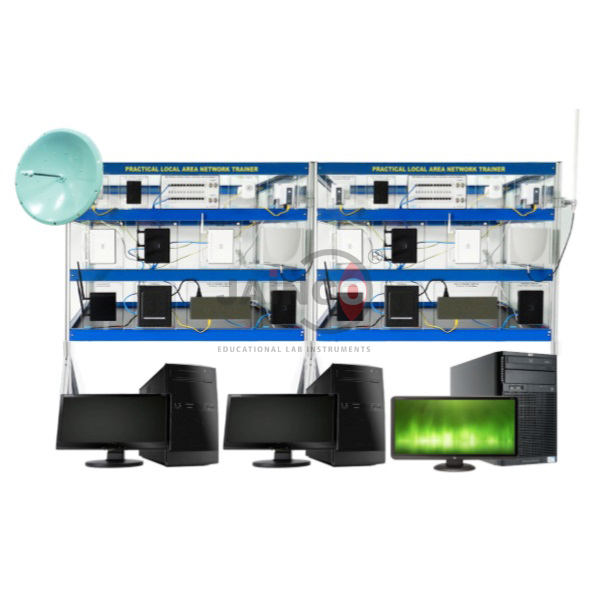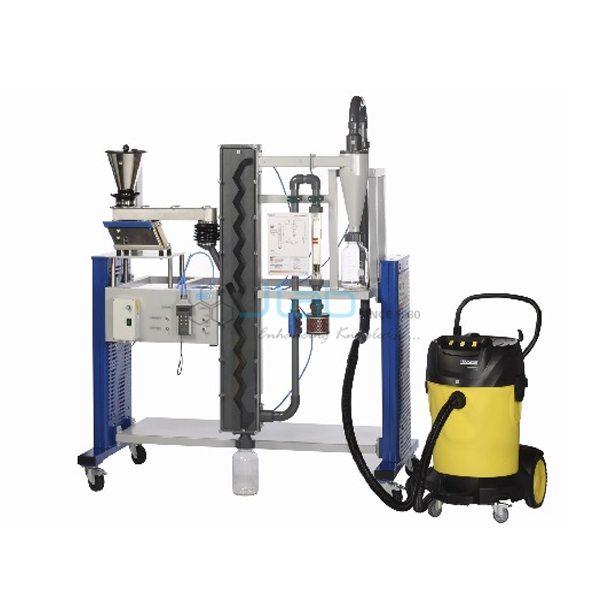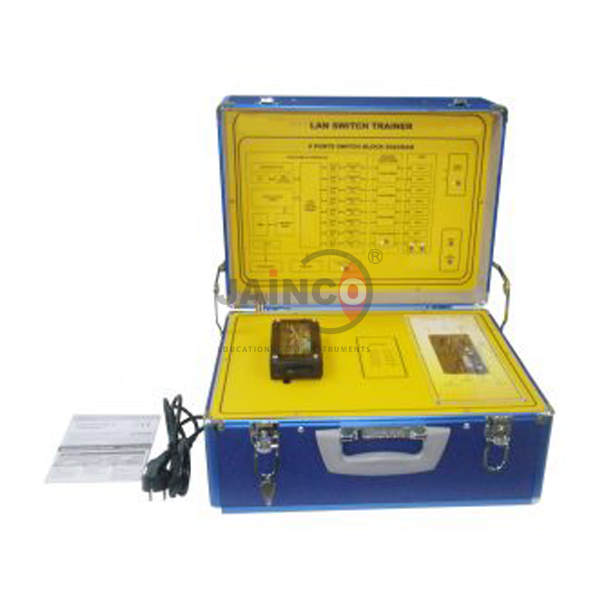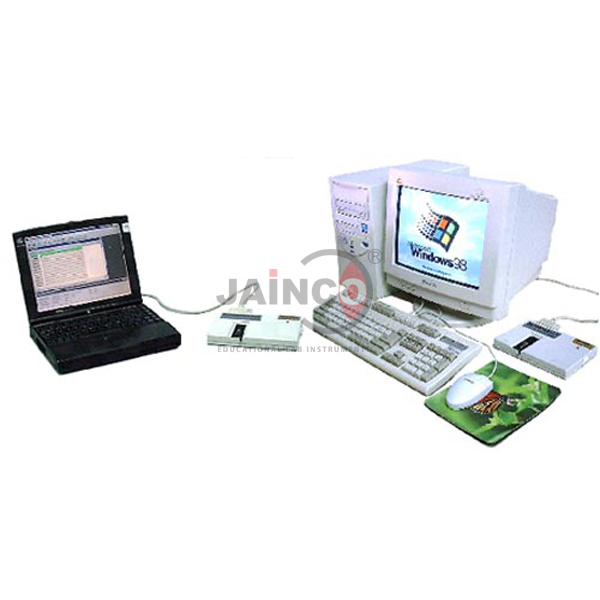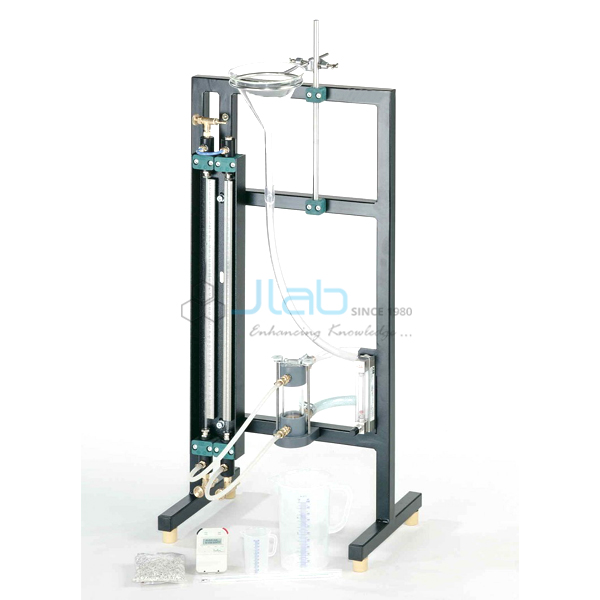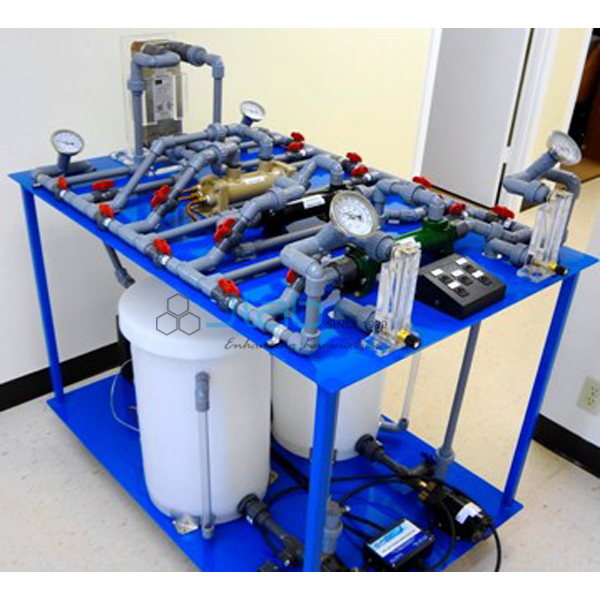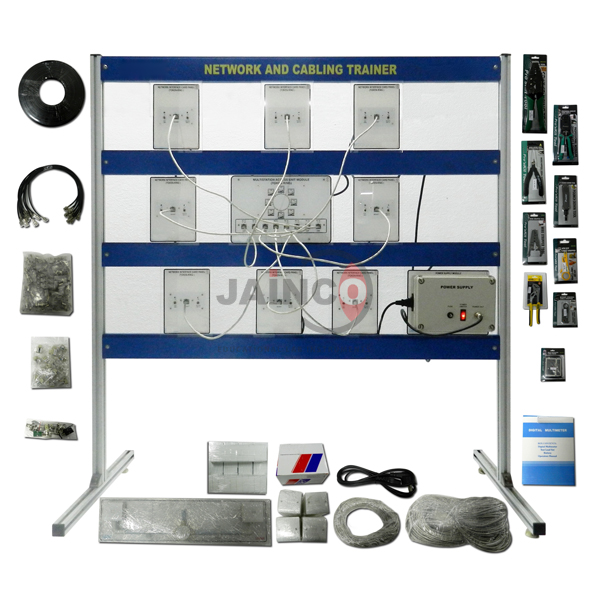Gas Cyclone Manufacturer,Supplier and Exporter in India
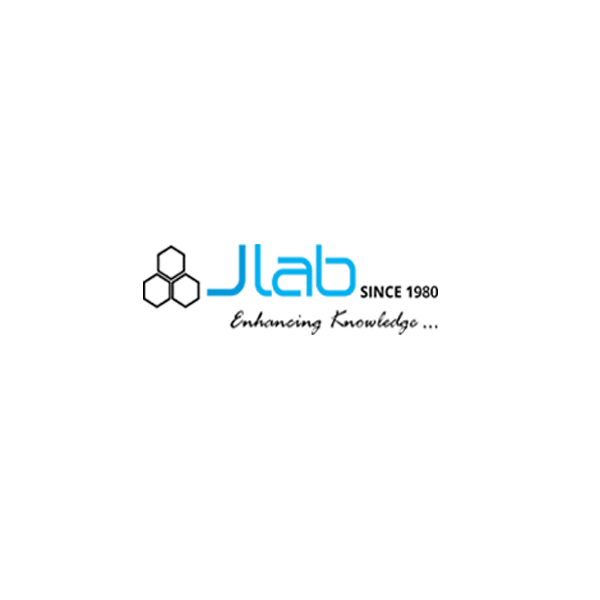
Product Code : JA-AM-6484
Jaincolab is a leading Gas Cyclone Manufacturer,and suppliers in India, Gas Cyclone Manufacturer,and suppliers in South Africa, Gas Cyclone Algeria (Algiers), Gas Cyclone Angola (Luanda), Gas Cyclone Argentina (Buenos Aires), Gas Cyclone Armenia (Yerevan), Gas Cyclone Australia (Canberra), Gas Cyclone Austria (Vienna), Bahrain (Manama), Bangladesh (Dhaka), Bhutan (Thimphu), Bolivia (Sucre), Botswana (Gaborone), Brazil (Brasília), Brunei (Bandar Seri Begawan), Montenegro (Podgorica), Morocco (Rabat), Mozambique (Maputo), Myanmar (Naypyidaw), Namibia (Windhoek), Nepal (Kathmandu), New Zealand (Wellington), Nigeria (Abuja), Oman (Muscat), Palestine (Ramallah), Panama (Panama City), Papua New Guinea (Port Moresby), Paraguay (Asunción), Peru (Lima), Philippines (Manila)¸ Portugal (Lisbon), Qatar (Doha), Rwanda (Kigali), Saudi Arabia (Riyadh), Senegal (Dakar), Serbia (Belgrade), Sierra Leone (Freetown), Slovakia (Bratislava), South Africa (Cape Town) (Pretoria) (Bloemfontein), South Sudan (Juba), Spain (Madrid), Sri Lanka (Sri Jayawardenepura Kotte) (Colombo), Sudan (Khartoum), Syria (Damascus), Tanzania (Dodoma), Thailand (Bangkok), Togo (Lomé), Tonga (Nuku'alofa), Trinidad and Tobago (Port of Spain), Tunisia (Tunis), Turkey (Ankara), Turkmenistan (Ashgabat), Uganda (Kampala), United Arab Emirates (Abu Dhabi), United Kingdom (London), United States (Washington, D.C.).
Gas Cyclone
Technical Description:
- One area of application of gas cyclones is the pre-filtration of solids from gases.
- Gas cyclones have no moving parts, and so are low-maintenance systems.
- They can also be used in conjunction with high gas temperatures.
- For these reasons, they are in widespread use.
- A disperser is used to disperse the feed material (quartz powder recommended) finely in airflow.
- The airflow laden with solid material (raw gas) in this way is fed tangentially into the cyclone at the top.
- In the cyclone, the airflow moves downwards as a rotating primary vortex.
- At the bottom of the cyclone, the vortex is reversed.
- In the middle of the cyclone, it moves as a secondary vortex back up towards the immersion tube, where the cleaned gas emerges from the cyclone.
- The main separation process takes place in the primary vortex.
- Owing to the centrifugal forces and the difference in density between the air and the solid, the coarse solid particles move towards the wall.
- They slide down the wall and are collected in a tank at the bottom of the cyclone.
- No complete separation of the entire solid material takes place.
- The fine particles which are smaller than the separation size are ideally discharged from the immersion tube at the top with the secondary vortex.
- This fine material is separated out of the airflow by a filter.
- The separation size defines the theoretical boundary between the fine and coarse material.
- The solid content of the raw gas can be adjusted by means of the disperser and an airflow control valve.
- To prevent loading of the airflow with particles upstream of the disperser, the drawn-in room air is filtered.
- An air suction fan generates the airflow.
- Pressure measurement points at the relevant positions in the trainer enable to determine the pressure loss.
- For particle size analyses of the feed and the coarse material, a balance and a screening machine are recommended.


